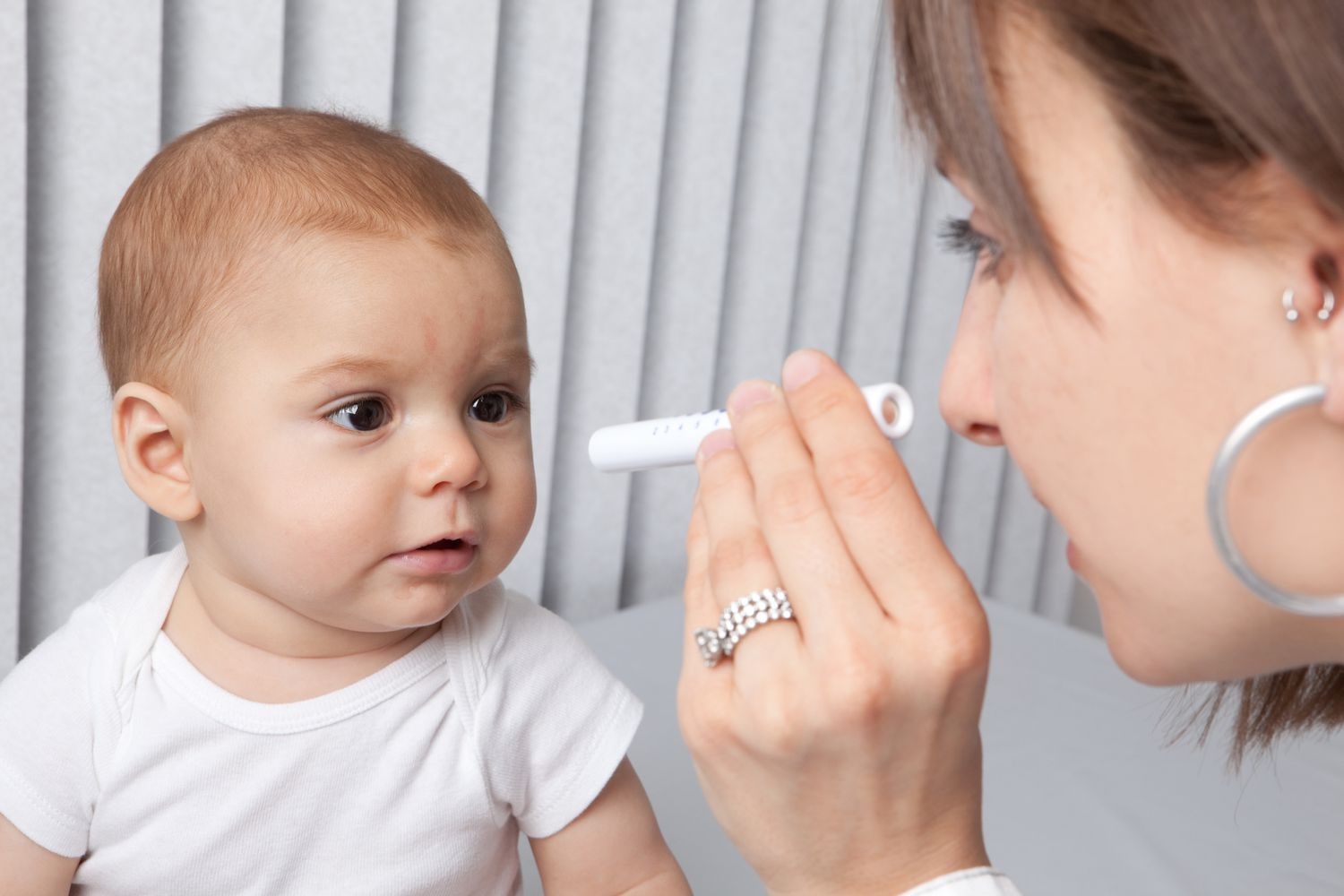The ability to see the world without any problems or difficulty is something that is often taken for granted. It is a blessing to have a healthy pair of eyes with good vision. There are many conditions that affect the eye and some may need medicine to help treat it. One of the eye conditions known as retinoblastoma can cause great worries once it is diagnosed. Here we will learn more about retinoblastoma.
Before we talk about retinoblastoma, you may want to know more about retina as it is associated with the condition. Retina can be found in the back of the eyes. The retina has light-sensitive layers of nerve tissue. The retina itself is the thin layer of tissue that acts on the light entering your eyes and helps to translate it into images which you can see. Hence, retinoblastoma roughly is one of the many conditions that affect the retina function of sensing light and producing images.
Retinoblastoma is considered to be a rare kind of cancer. This condition usually affects young children. Most commonly retinoblastoma affects the children under the age of 3. In rare cases, it may develop in older children and adults. Retinoblastoma is often a result from mutation of the RB1 tumour suppressor gene of the germline. Formation of the tumour is made possible when there are both RB1 gene mutated copies. Despite it being a mutated gene issue which usually means there is possibility of the condition being inherited, ironically 95% of the cases are spontaneous sporadic without hereditary factor. Only 5% of cases of retinoblastoma do have family history with the condition. It is said that heritable types of retinoblastoma are at significant risk for cancer affecting other parts of the body besides the eyes such as melanomas, osteosarcoma and soft tissue sarcoma. Heritable types also tend to have retinoblastoma affecting both eyes.
The most common sign for retinoblastoma is the white pupil (centre of eye) that can be seen when light shines into the eyes. Low light or when taking photos in flash may shine the eyes with the white pupil. This white pupil may be able to be seen even from just looking at the eye. Apart from the white pupil, other signs such as eyes pointing in different directions, redness and swelling of the eyes. Uncontrolled eye movements and vision problems may also be found. Apart from the eye issues, children with retinoblastoma seem well in general.
Retinoblastoma is diagnosed based on history and examination. History of family with retinoblastoma should be notified to doctors. Regular eye examination can help to check for retinoblastoma. Diagnosis is usually made by ophthalmologist. Once a child is suspected with retinoblastoma, the child will need to undergo several test such as blood test, imaging studies, bone marrow examination, bone scan and lumbar puncture. Ophthalmologists may refer the child to other specialists to be able to provide a comprehensive treatment plan.
Treating retinoblastoma will depend on the tumour and possibility of the already spread of cancer to other areas. Mainstay of retinoblastoma is chemotherapy. Chemotherapy treatment aims to kill cancer cells in both eyes or extensive cancers and help shrink the tumour before another treatment can be given. Transpupillary thermal therapy may be used after chemotherapy to give better effect from the chemotherapy. Radiation therapy may be used to kill cancer cells by using strong beams of energy. Cryotherapy involves the process of using the freezing principle to kill cancer cells, most often used in small tumours or tumours of the outer edge of retina. Laser photocoagulation of heating the tumour is recommended in small tumours. In cases where the tumour is extremely large or there is no useful eye vision and unable to be treated with other treatment modalities, surgery may be the last option to treat the condition. Enucleation is a surgery that removes the eye affected by retinoblastoma and this procedure is usually done in patients with one eye affected with advanced eye disease.
The best way to prevent retinoblastoma is to take preventative measures. Though it is true that not all cases of retinoblastoma can be avoided, early diagnosis can make the child need less intense treatment. If it is not known that there are no changes in the RB1 gene, a child with a family member with retinoblastoma should have regular eye examinations at an early age. The risk for many cancers, even retinoblastoma, is heightened with smoking during pregnancy. Cessation smoking is important to ensure healthy pregnancy. Screening for retinoblastoma is more than just to cope with retinoblastoma as it also provides information on possible other types of cancer associated. Regular follow-up is needed in children with retinoblastoma, especially heritable ones. Since many conditions that are inherited may not be clear only from family medical history, certain families may benefit from genetic testing and genetic counselling. This will help families to be prepared for what is next and what to do knowing there is a possibility of the condition to occur.

